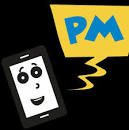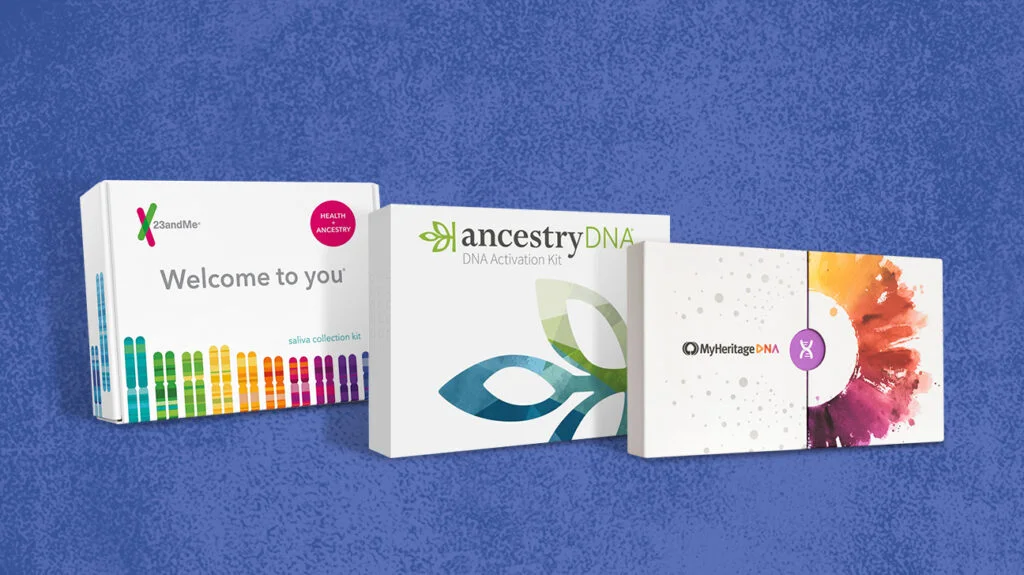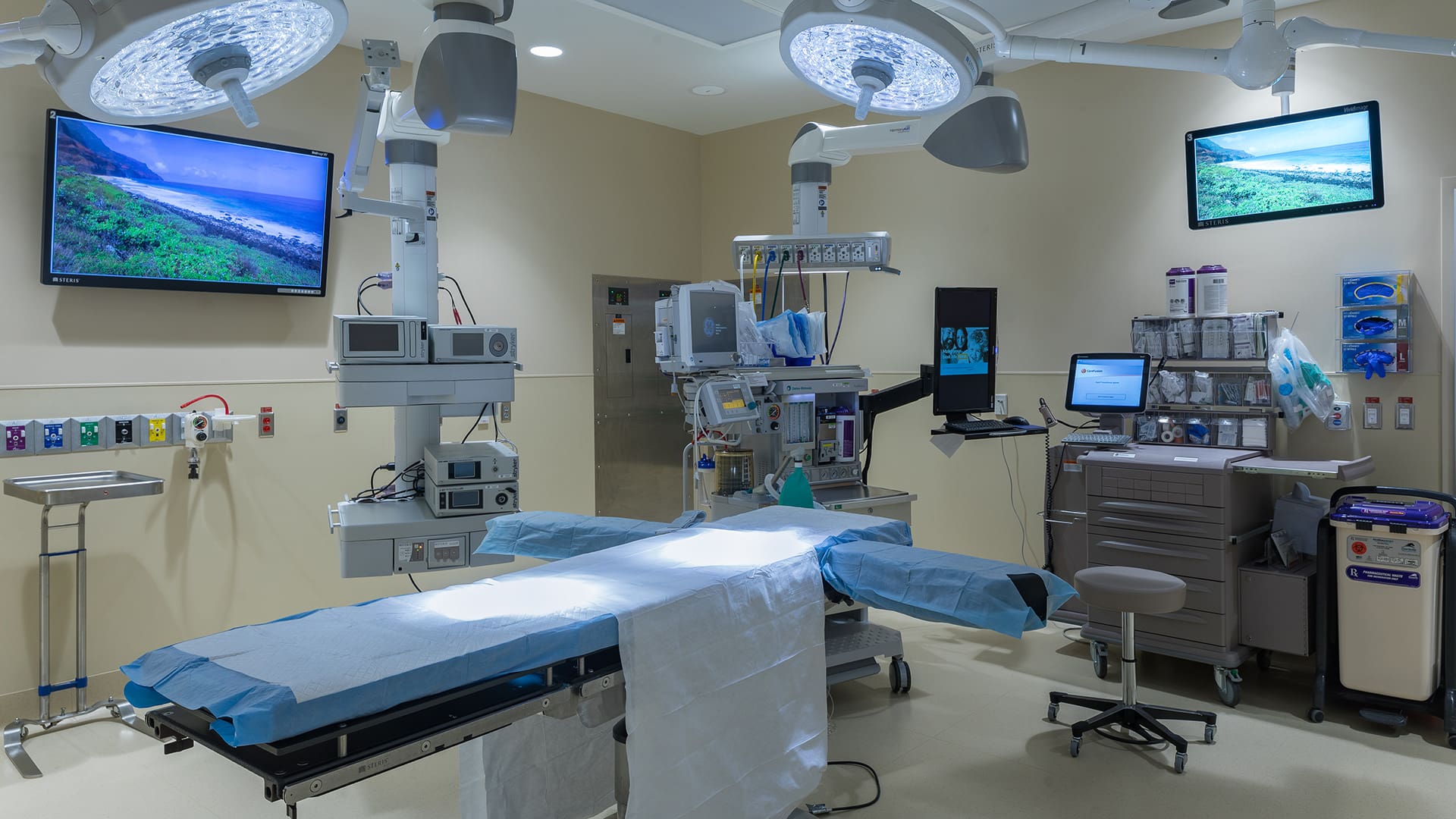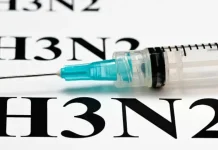What Is Depression?
Depression is one of the most prevalent mental health conditions in the United States, affecting millions annually. It is more than just feeling sad or having a bad day. Depression involves periods of intense sadness, low energy, and a loss of interest in activities that were once enjoyable. These periods, called depressive episodes, typically last for at least two weeks.
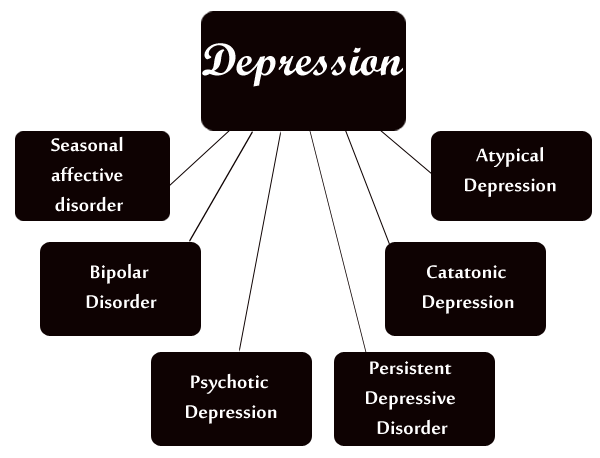
Each individual’s experience with depression is unique. While some people may struggle with insomnia, others may find themselves sleeping excessively. Understanding the various types of depression and their symptoms is key to recognizing and seeking appropriate treatment.
Types of Depression
1. Major Depressive Disorder (MDD)
Major depressive disorder (MDD) is the most recognized form of depression. People with MDD often experience severe and persistent symptoms, including:
- Persistent sadness
- Feelings of guilt, hopelessness, or worthlessness
- Difficulty concentrating or making decisions
- Sleep disturbances (insomnia or hypersomnia)
- Changes in appetite
- Fatigue and irritability
- Physical symptoms like aches and pains
- Suicidal thoughts
According to the National Institute of Mental Health (NIMH), around 17.3 million adults in the U.S. had at least one episode of MDD in 2017, equating to 7.1% of the adult population. It is especially common among women and those aged 18–25 years.
2. Persistent Depressive Disorder (PDD)
Also known as dysthymia, persistent depressive disorder (PDD) involves long-term depression symptoms lasting two years or more. Unlike MDD, the symptoms of PDD are less severe but more enduring. Individuals with PDD may feel as though joy is rare or absent in their lives.
Common symptoms include:
- Low energy
- Poor self-esteem
- Changes in sleep and appetite
- Difficulty concentrating
PDD is less common than MDD, affecting approximately 1.3% of U.S. adults. Women are nearly twice as likely as men to experience PDD.
3. Postpartum and Perinatal Depression
Postpartum depression affects up to 15% of mothers within the first year after childbirth. Unlike the “baby blues,” which involve mild anxiety and sadness that subside within a few days, postpartum depression is more severe and persistent.
Symptoms include:
- Intense sadness
- Difficulty bonding with the baby
- Fatigue and hopelessness
Perinatal depression refers to depressive episodes that occur during pregnancy and after childbirth. Early intervention and treatment are crucial for managing these conditions.
4. Major Depressive Disorder with Psychotic Features
Psychotic depression is a severe form of depression that includes symptoms of psychosis, such as:
- Delusions (false beliefs)
- Hallucinations (seeing or hearing things that are not present)
This condition is now classified as major depressive disorder with psychotic features. Symptoms often revolve around themes like guilt, poverty, or illness. Though rare, psychotic depression can have devastating effects if left untreated.
5. Major Depressive Disorder with Seasonal Pattern (SAD)
Previously known as seasonal affective disorder (SAD), this form of depression is linked to seasonal changes, most often occurring in winter.
Symptoms include:
- Anxiety
- Fatigue
- Weight gain
- Social withdrawal
Experts believe SAD may be related to reduced exposure to natural light during winter months. The condition affects approximately 5% of Americans. A less common form, called summer-onset SAD, occurs during spring and summer.
6. Situational Depression
Situational depression, or adjustment disorder, arises after experiencing a traumatic or life-altering event. Common triggers include:
- Divorce
- Job loss
- Chronic illness
- Bereavement
Children and adolescents are also at risk due to stressors like moving, parental separation, or the birth of a sibling. Though symptoms may resolve with time, therapy can help prevent worsening or chronic depression.
7. Major Depressive Disorder with Atypical Features
Atypical depression is characterized by unique symptoms that differ from traditional depression.
Key features include:
- Mood improvement in response to positive events (mood reactivity)
- Significant weight gain or increased appetite
- Excessive sleeping (hypersomnia)
- Heaviness in the limbs (leaden paralysis)
- Sensitivity to rejection
Although less understood than other forms, recognizing atypical depression is essential for accurate diagnosis and effective treatment.
The Impact of Depression on Daily Life / Different Types of Depression
Depression affects more than just mood—it can influence physical health, relationships, and work performance. Physical symptoms such as chronic pain, headaches, or digestive issues are common in individuals with depression. Additionally, depression often impairs decision-making, memory, and concentration, making even routine tasks challenging.
Treatment Options for Depression / Types of Depression
Effective treatment for depression often includes a combination of therapy, medication, and lifestyle changes. Common approaches include:
- Cognitive Behavioral Therapy (CBT): Helps individuals identify and change negative thought patterns.
- Medication: Antidepressants like SSRIs can alleviate symptoms.
- Lifestyle Modifications: Regular exercise, healthy eating, and mindfulness practices improve overall well-being.
Seeking professional help is essential for managing depression and improving quality of life.

